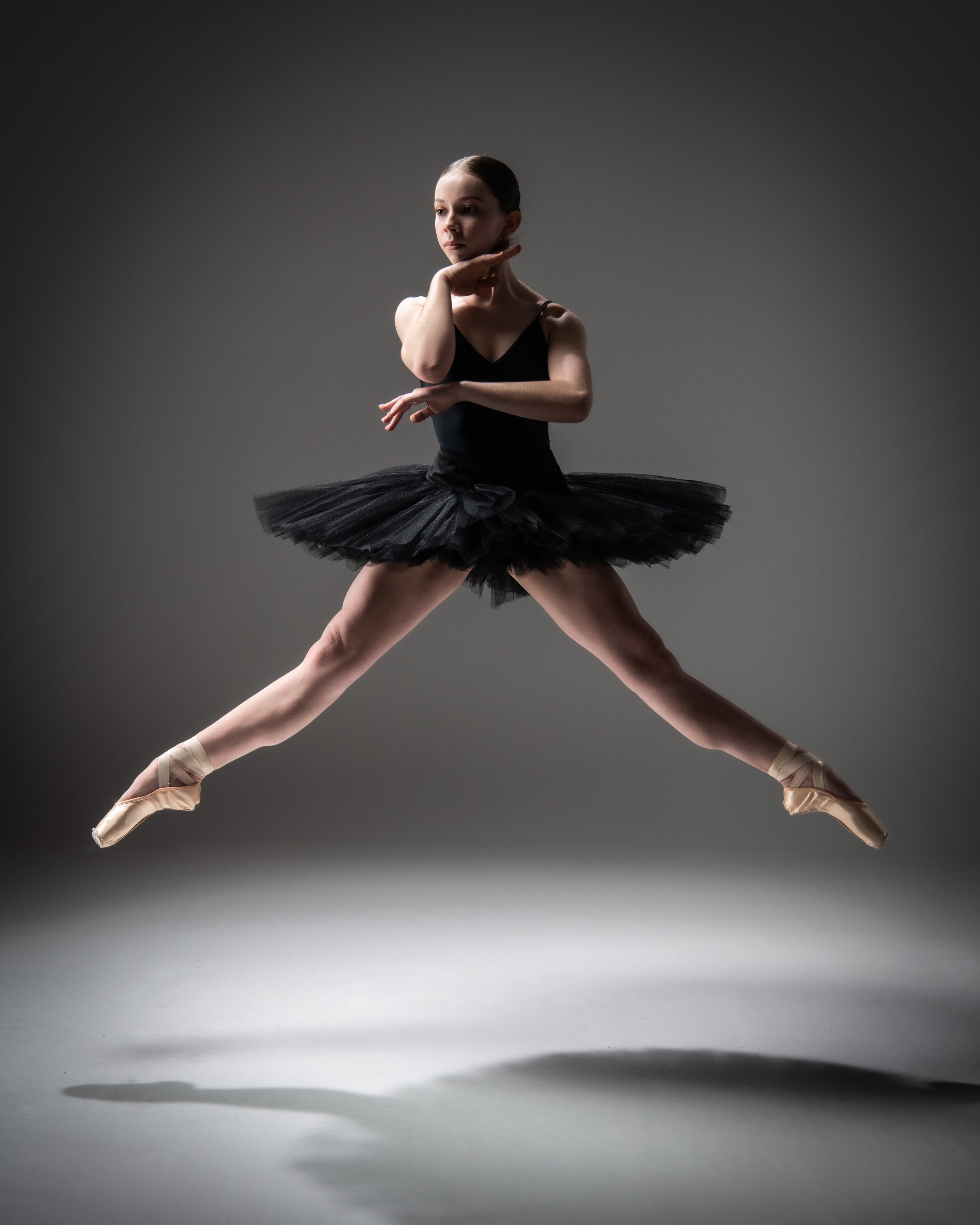
Courses
DMEI presents
The Foundational Course
A series of four modules that offer the practitioner a comprehensive diagnostic framework for the evaluation and treatment of dance injuries.
Module I: Introductory Concepts in Dance Medicine
Module I sets the stage by introducing the DMEI framework for evaluating and treating dance injuries that the following more regionally focused Modules will build upon. Special considerations include managing injuries in various stages of the life span, the hypermobile dancer, nutritional issues and considerations, pelvic floor health, technique evaluation, pointe shoe evaluation and pointe work retraining.
Module II: Lower Extremity: Foot, Ankle & Knee
Module II is the first region-specific course in the Dance Medicine Education Initiative (DMEI) foundational series, offering a focused exploration of the evaluation and treatment of foot, ankle, and knee injuries in dancers. Building on the clinical framework established in Module I, this course emphasizes dance-specific assessment strategies, differential diagnosis, and evidence-informed interventions tailored to the unique demands of the performing artist. Accurate identification and management of lower extremity injuries are critical, as these regions bear high mechanical loads and are central to multiplanar movement, speed, endurance, and the dynamic interplay of force production and absorption. These demands place exceptional stress on the lower limb's ability to support both repetitive motion and explosive transitions. Inadequate assessment may lead to compensatory movement patterns, and delayed recovery.
Module III: Lumbopelvic Girdle & Hip
Module III is focused on the evaluation and treatment of the Lumbar Spine, Sacrum, Pelvis & Hip. Building upon the evaluation framework established in Module I as well as clinical considerations introduced in Module II, course participants can expect to attend a class focused on common clinical scenarios of this region that will further develop the clinical framework for assessment and treatment of dance related injuries involving the lower quadrant. This course is structured as a hybrid course including online, pre-course lectures and in-person labs.
Module IV: Upper Quadrant: Thorax, Cervical Spine & Shoulder Girdle
Module IV is the final installment of the Dance Medicine Education Initiative Foundational Course and focuses on the evaluation and treatment of the thorax, cervical spine, and shoulder girdle. Building on the content of the previous three modules, this course emphasizes the interplay of mobility, stability, and neuromuscular control within the upper quadrant, while exploring how these elements influence and integrate with movement patterns in the lower body. Participants will engage in detailed analysis of rib mechanics and breathing patterns, with a special opportunity to utilize the Parasetter™—a proprioceptive training tool designed to enhance body awareness, improve breath control, and support more efficient movement strategies in dancers.

DMEI presents
Specialty Courses
A set of collaborations between Andrea Zujko and other leading experts in the field of dance medicine offered in shorter, workshop style formats.
From Stability to Mobility: Progressive Taping Techniques for Dance Injuries
Dance Medicine Education Initiative is proud to co-present a speciality course between Andrea Zujko, founder of Dance Medicine Education Initiative and Emma Faulkner, co-founder of Atlanta Dance Medicine and owner of TriHealth Physical Therapy that is focused on creative modifications of traditional sports taping, padding and bracing protocols for dance specific injuries.
This course includes a basic review of indications of when to use tape/padding for a dance related injury, a discussion on taping precautions and contraindications, a thorough discussion of each type of tape and its purpose and use and how each taping technique can progress through the stages of injury from acute to chronic remodeling.
This class will be predominantly lab based to maximize hands-on learning and practice of each taping technique. Individual feedback will be given to improve learners' tape handling skills.
Instructors:
Selection of Past Specialty Courses
Movement Analysis & Retraining of the Dancer: a collaborative course between Andrea Zujko (DMEI) and Marimba Gold-Watts (Articulating Body) focused on blending the fields of Physical Therapy and Pilates.
Beyond the Reformer: Returning the Dancer to Full Pointe Work: a collaborative course between Andrea Zujko (DMEI) and Kristen Kurie (Westside Dance Physical Therapy) focused on bridging the gap between the clinic and the studio.
Refining Turnout: Optimizing Movement & Training Strategies for the Dancer: a collaborative course between Andrea Zujko (DMEI) and Jennifer Milner NCPT (Bodies In:Motion) focused on exercises to optimize external rotation of the hips in both open chain and closed chain dance-based movement patterns.
Refining Arabesque: Optimizing Movement & Training Strategies for the Dancer: a collaborative course between Andrea Zujko (DMEI) and Jennifer Milner NCPT (Bodies In:Motion) focused on the often-challenging movement of arabesque.
Refining Plié and Relevé: Optimizing Movement & Training Strategies for the Dancer: a collaborative course between Andrea Zujko (DMEI) and Jennifer Milner NCPT (Bodies In:Motion) focused on the essential movements of Plié and Relevé. Comprising two of the fundamental building blocks in ballet, the ability to bend the knees and rise onto the balls of the feet are movements that both the novice and the professional utilize to build and maintain strength, flexibility, and balance.
From Stability to Mobility: Progressive Taping Techniques for Dance Injuries: is a collaborative course led by Andrea Zujko and Emma Faulkner, focusing on innovative taping, padding, and bracing techniques for dance-related injuries. It covers when and how to use tape, precautions, and progresses through injury stages. The course is hands-on, offering lab-based learning and individualized feedback to improve taping skills.
Bridging the Gap: Essential Education Education and Strategies to Support Eating Disorder Prevention and Recovery in Dancers: a collaborative course led by Andrea Zujko and Monika Saigal (ms nutrition, PC), which aims to bridge the gap by equipping dance providers and educators with the knowledge and tools necessary to play a crucial role in eating disorder prevention and recovery.
